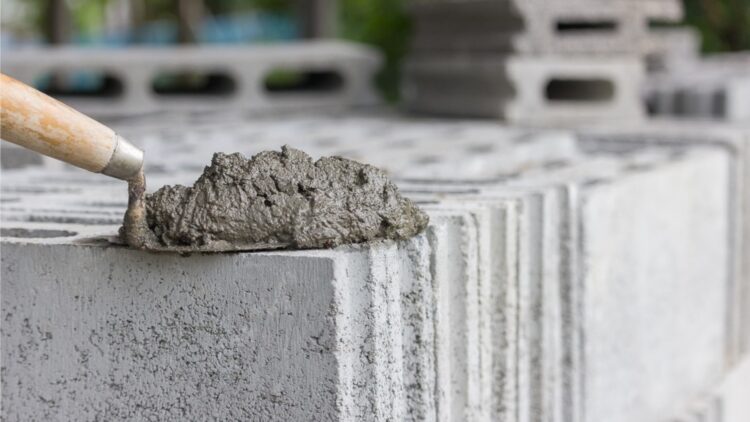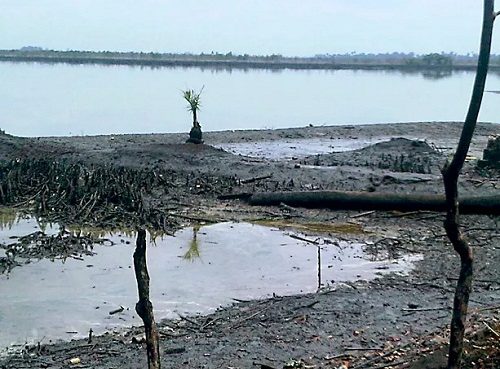Today, construction of houses, buildings, and other structures depend a lot on cement and concrete. However, cement is a very contaminating material, the production of it generates almost 8% of the carbon dioxide emissions in the world every year! What’s more, while this is happening, many tons of cardboard and paper are thrown away without giving them a second life. So, let’s find out more about this situation and the role of cement.
Facing the cement issue
A group of researchers from the RMIT University, in Australia, wanted to look for a more sustainable solution and they wondered: could we build structures without using cement and making the most of the already existing materials? To answer this question they went to something very common: earth and cardboard. These ideas led to the development of 2 new construction materials without cement, which are less contaminating, more resistant, and cheaper.

The created materials are both based on: rammed earth, which is soil that is pressed and compacted together with a little water. What makes the two materials different is what wraps the earth:
- Rammed earth inside recycled cardboard tubes
- Rammed earth inside carbon fiber tubes
In both cases, the most important thing is that no cement is used. The main goal is to reduce the environmental impact without losing resistance.
Back to earth as a construction material
Building using earth is not something new. For many centuries, many cultures built houses using rammed earth and it has a great advantage: it helps maintain stable indoor temperatures. That means houses can stay cool in the summer and warm in the winter without using a lot of energy on air conditioning or heating.
However, with the passage of time, modern construction started to use almost exclusively cement and concrete, leaving earth behind. Today, due to climate change, this idea is coming back.
Earth is a natural resource that can be found almost everywhere and it doesn’t need any contaminating industrial processes as cement does. But the challenge with earth is that, on its own, it can crack if it supports too much weight. The researchers solved this by placing the earth inside a tube, which acts like a structural “jacket” that prevents the earth from expanding and cracking. This makes the earth stronger without needing cement.
First option: using recycled cardboard tubes
The first material is thought for small constructions like short height houses and it uses compacted soil, water, and recycled cardboard tubes. The cardboard has two functions: it acts as both the mold and the structure. The result is a surprising material that is strong and stable, even when compared to earth that is mixed with cement.
The most important thing is it has a 80% carbon footprint less than traditional concrete with cement.
Second option: using carbon fiber tubes
The second material uses carbon fiber tubes instead of cardboard. The carbon fiber is known for being lightweight and very resistant, which is why it’s used in aircrafts and high technology cars. So, when combined with rammed earth the result is a column that is almost as strong as high-quality concrete made with cement, but it weighs less and has a lower environmental impact.
This material would be useful in places where require a strong, but light construction, like earthquake-prone areas. It’s true it’s more expensive than using cardboard, but, as you can see, it offers very positive results.
So…
Although more research is needed to understand how these materials behave over many years, the early results are very promising. These innovations show that we can build responsibly, using natural materials and reducing pollution caused by cement production.
Source: unionrayo










